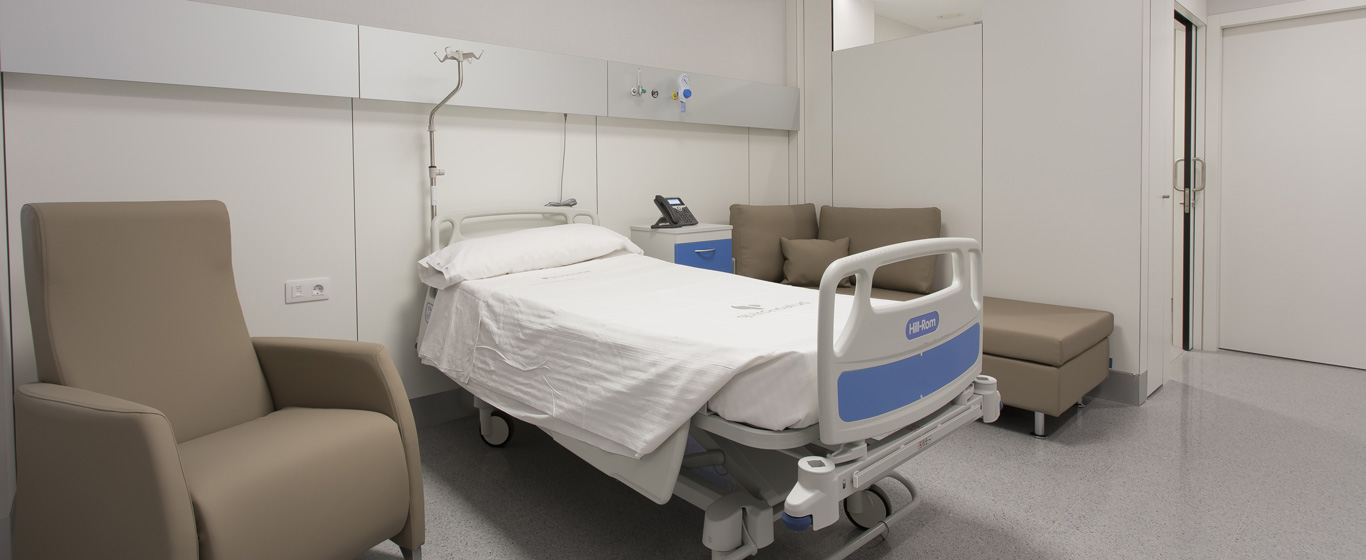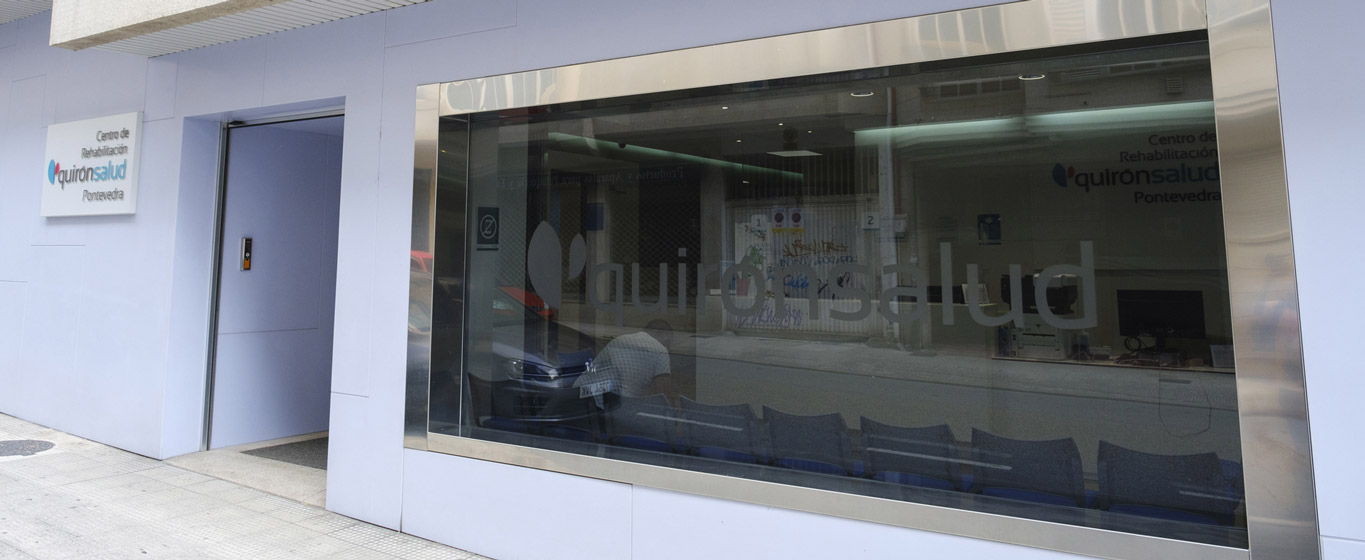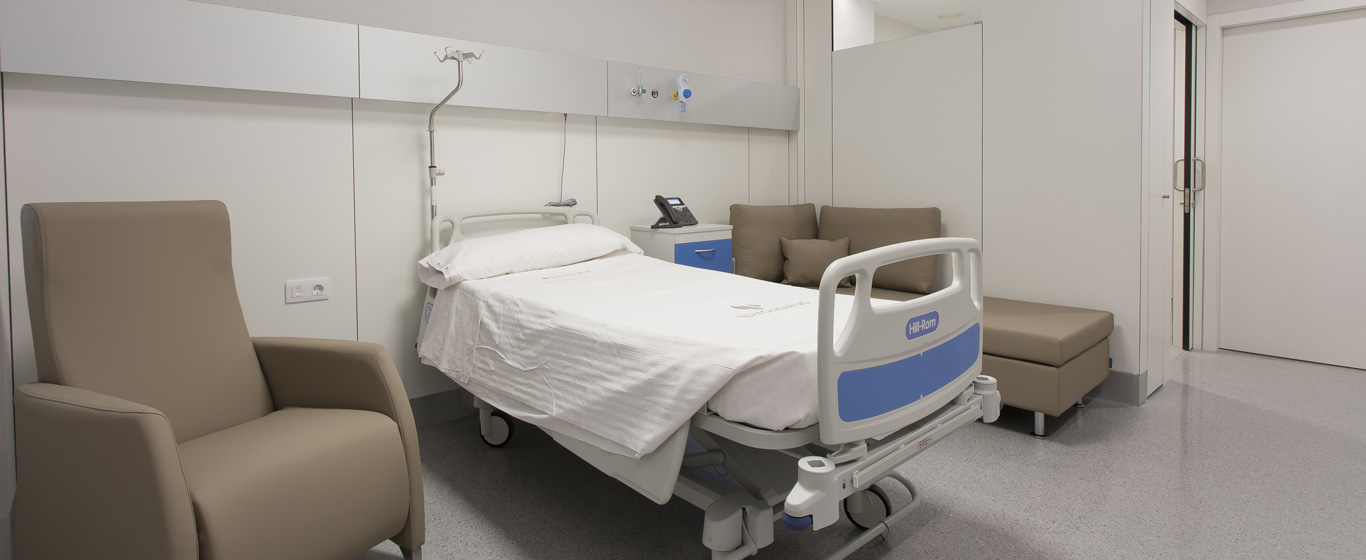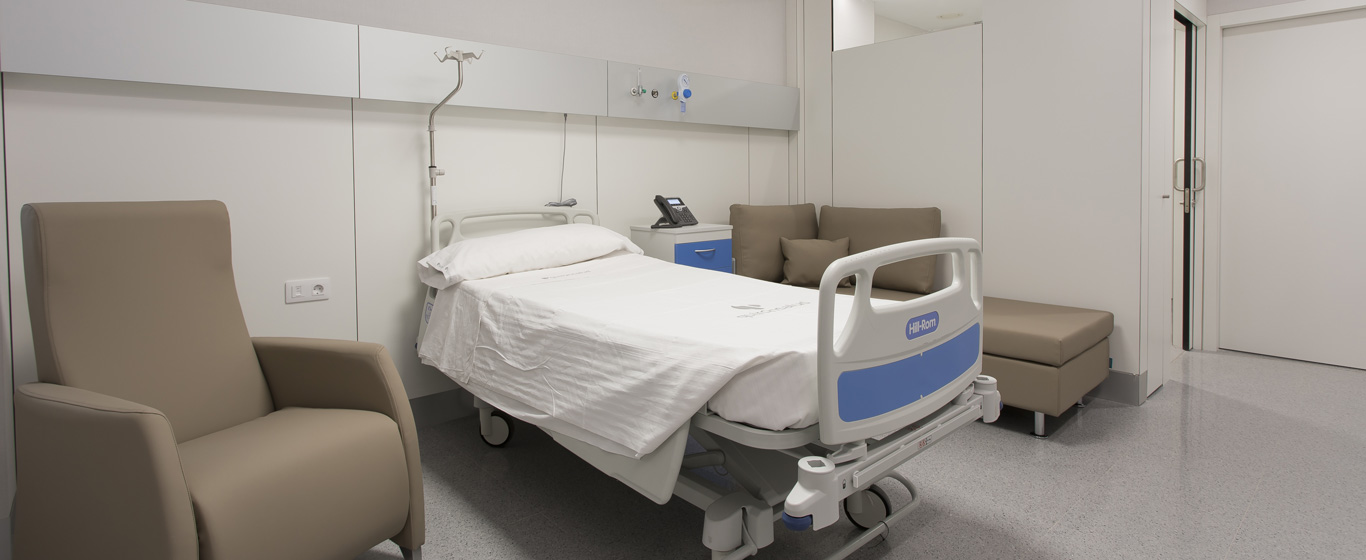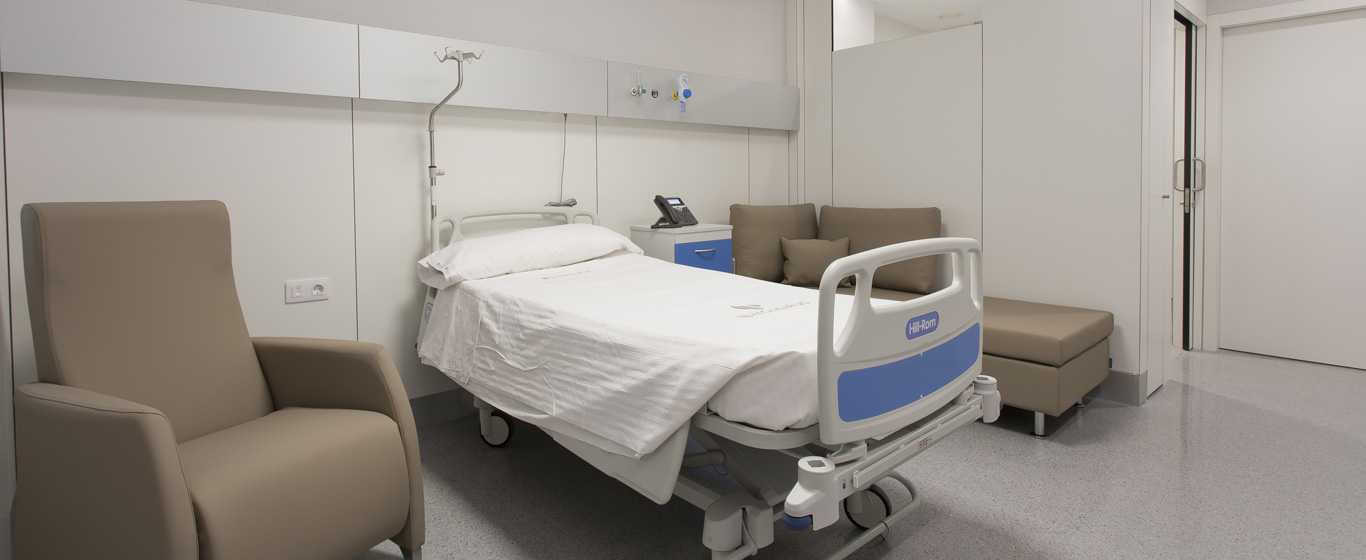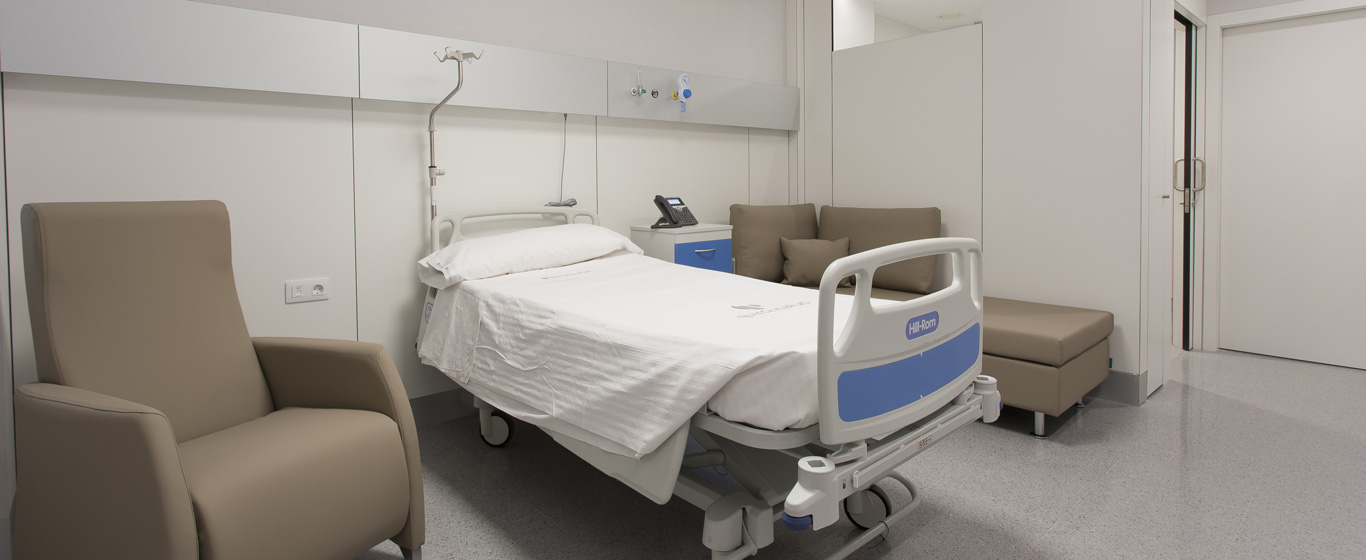Bacteriuria Test
Bacteriuria is defined as the presence of bacteria in the urine. It is one of the factors studied in a urinalysis to determine the presence or absence of bacteria and, therefore, the potential for a urinary tract infection (UTI).

General Description
The detection of bacteriuria is commonly included in various tests conducted during a urinalysis. To determine if bacteria are present in the urine, a sample must be collected, and several laboratory procedures need to be performed:
- Microscopic examination: This helps observe the presence of bacteria or leukocytes (white blood cells).
- Dipstick test: This test detects nitrites (a substance produced from the breakdown of nitrates) or leukocytes, which is a sign of infection.
- Urine culture: Besides detecting bacteria, this technique can quantify their concentration.
Although bacteriuria is frequently associated with urinary tract infections (UTIs), it does not always indicate an active disease, as it can present asymptomatically. When bacteriuria is confirmed, a diagnosis of a urinary tract infection is made, and specific treatment should be administered as soon as possible to avoid complications.
When is it indicated?
The bacteriuria test is recommended for patients exhibiting symptoms of a urinary tract infection, such as cloudy urine, pain while urinating, a constant urge to urinate, or fever of unknown origin.
Additionally, there are instances when the risk of an asymptomatic infection increases, prompting routine bacteriuria testing:
- Use of a catheter or bladder probe for urination.
- Pregnancy.
- Congenital malformations of the urinary tract.
- Diabetes.
- Weakened immune system.
- Kidney transplant.
How is it performed?
Typically, the patient collects the sample at home. To do so, they must use the materials provided by the medical center and follow the instructions:
- Wash hands with soap and water.
- Clean the genital area with water, neutral soap, and dry.
- Discard the first drops of the first morning urine.
- Collect the sample in the sterile container, filling it three-quarters full (the rest can be urinated into the toilet). Avoid contact with the inside of the container.
- Close the container and gently shake it to mix the sample.
- Store it at room temperature.
Deliver the tube to the medical center immediately after collection.
For patients who are immobile or have difficulty urinating, the sample is collected using a bladder catheterization, meaning a catheter is inserted through the urethra into the bladder. Urine is collected by dripping into a sterile bag outside the body. In extreme cases, a suprapubic puncture is required to take the urine by aspiration using a needle inserted through the abdominal wall.
Once the sample reaches the laboratory, it undergoes the following analysis:
- Microscopic examination: The homogenized urine is placed in a test tube with chemical reagents and centrifuged. After decanting the fluid, a sample of sediment is obtained, and a few drops of dye are added. Finally, some drops of dyed sediment are placed on a slide and examined under a microscope to detect bacteria and, if necessary, determine their characteristics.
- Dipstick test: This is done to check for chemical and enzymatic reactions. A small amount of urine is applied to a plastic strip containing specific chemical components. The color changes and their intensity indicate the presence of substances in the urine. The observation may be manual or with the help of an automated reader (reflective photometer).
- Urine culture: The sample is placed on a Petri dish (a round glass container specifically designed to observe microorganisms) impregnated with a nutrient solution and incubated for 24 or 48 hours at human body temperature (around 36.5°C). After this period, microorganism colonies can be identified. To analyze them in detail, a special stain is added that classifies each organism according to the color it takes on (Gram staining).
Risks
The bacteriuria test does not pose any health risks.
However, when a sample must be taken via catheter or puncture, there is a possibility of contracting an infection during the procedure or slightly injuring the urethra, leading to minor bleeding.
Qué esperar de una prueba de bacteriuria
Typically, the patient is only involved in the process of collecting and delivering the sample at home.
In cases where urine must be extracted using a catheter, it is recommended to remain as calm as possible to help relax the muscles, making the procedure quick and painless. For suprapubic puncture, local anesthesia is applied, making the procedure non-painful as well. In the hours following the procedure, a dressing should be worn to cover the puncture area, which might be slightly sensitive.
The results of a bacteriuria test usually take 24 to 48 hours. For urine cultures, the results may take several days, and a specialist must interpret the results to confirm the diagnosis and establish a treatment plan.
Specialties requesting the bacteriuria test
Tests to determine the presence or absence of bacteriuria are conducted by clinical analysis specialists. These tests are requested by various specialties, such as family medicine, infectious diseasesInfectious DiseasesInfectious diseases , and gynecology.
How to prepare
Generally, no special preparation is required before taking the urine sample. However, you should inform the doctor if you have recently taken antibiotics, as the test might need to be delayed.
In most cases, the same sample is used for other additional tests besides the bacteriuria test. Therefore, you may be asked to fast, avoid smoking, or refrain from consuming large amounts of liquids before the collection.







